20+ Alpine Plant Adaptations
Web By developmental flexibility and morphological adaptation alpine plants are able to make use of short favorable weather conditions they sprout rapidly produce only a few mostly short-lived leaves c. 2050 cm height herb Senecio formosus.

Alpine And Arctic Tundra Plant Adaptations Biogeography Teaching And Research Lab
Very small size protective screen against UV radiation protective anatomical structures mechanisms to dissipate excess light energy detoxification of reactive oxygen species etc.
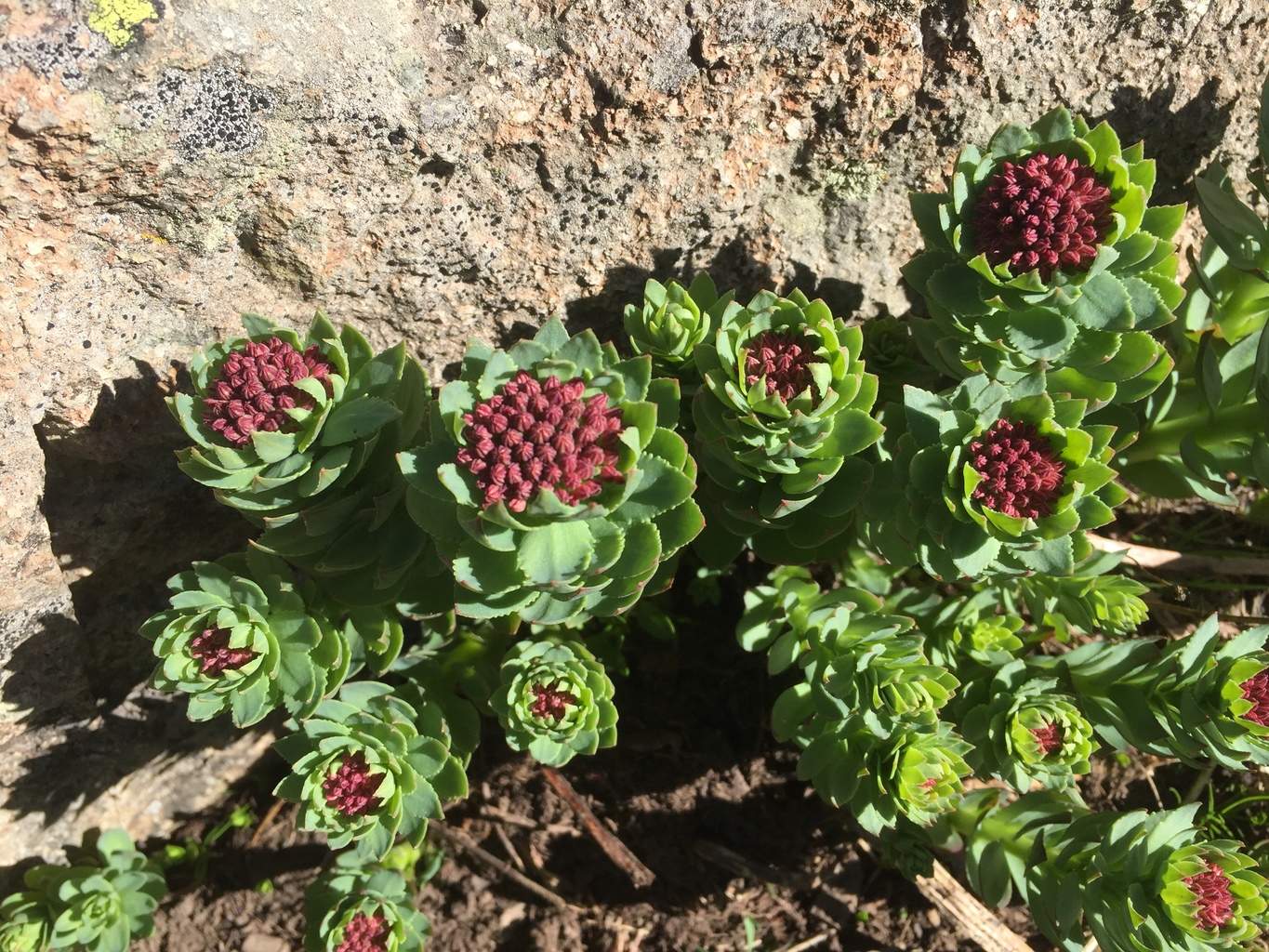
. Web Evidencing the possible long-term facilitative effects of some alpine plants on their neighbors revealed a third migration option for established alpine plants under the effects of climate change which is directly connected with facilitation among plants. Some plants use their color as a survival tool. For example thick and waxy leaves with hairy stems.
Plants have also adapted to the dry conditions of the alpine biome. Plant adaptations to cold summer climates. Web Alpine environments are characterized While by there are relatively ancient alpine plant short cold unpredictable growing seasonstaxa the accelerated rise of new mountain Outside of the Arctic this growing season ranges isin late Pliocene and Pleistocene times characterized by cold nights as well.
New species mean new interactionsand because. Web High-alpine ecosystems are commonly assumed to be particularly endangered by climate warming. Web Most alpine plants are adapted to grow in sandy and rocky soil.
Reproduction by seed in alpine plants and revegetation research above. Web To adapt to these difficult conditions alpine plants developed various strategies. Web Alpine plant communities have been widely used by ecologists over the last two decades to infer patterns and mechanisms of plantplant interactions.
The bristlecone pine is an amazing plant of the alpine biome. In Arctic and Alpine Environments. Web Alpine and Arctic Tundra Plant Adaptations.
Anthocyanins are pigments that create red or blue and can convert light. Methuen MA USA 1974. Alpine plant adaptations are much like those of the Arctic in morphological and physiological characteristics.
Web From the perspective of limitation adaptation and response to the changing environment this Special Issue focuses on alpine plants adaptation mechanisms to harsh environments with the features of low temperature desiccation stress and nutrient limitation as well as the response modes to the interference of human activities such as. Even in summer temperatures may be cold at night while. Web Students will learn about plant adaptations to the sub-alpine forest ecosystem.
Web ABSTRACT Alpine environments are characterized by short cold unpredictable growing seasons. Web Bigger and faster Sooner or later this could lead to changes in the species composition of todays alpine and subalpine plant communities. Web This brief look at arctic-alpine adaptations will hopefully give you a better appreciation of why these plants look like they do.
Web Alpine plant info says alpine plant adaptations make them the perfect specimen for areas where temperatures rapidly change from cold to sizzling hot where strong winds disrupt other plant life and where the soil is. Web Körner and Diemer reported that alpine plants achieved 50 of photosynthetic capacity at one-tenth of full sunlight which is less than required by plants from the lowland. 1020 101111j0030-1299200614107x Google Scholar Callaway R.
Some of the plants found here are tussock grasses small-leafed shrubs and dwarf trees. Vegetation in the alpine stages Figure 1. Adaptations of arctic and alpine plants to environmental conditions.
Photosynthesis and respiration rates. In alpine areas water availability is often variable. However the complexity of driving forces of growth associated biomass.
Among higher plants tissue. Google Scholar Urbanska CM. Arctic and alpine vegetation.
Such upward migration to previously abiotic areas requires plant adaptations for primary succession. Alpine environments such as those occurring above 1800-2000 m in southern BC are characterized by their short growing seasons deep long-lasting snowpacks particularly in coastal ranges high winds above treeline and low temperatures. Web Adaptations Surviving low temperature extremes.
While these plants may exhibit a delicate beauty they are in fact among the toughest plants in the world. Web This Special Issue welcomes all types of research articles that explore historical biogeography ecology adaptations impacts of global change and conservation issues related to alpine and arctic plants using a variety of ecological biogeographical evolutionary physiological and genetic approaches. Recent research however suggests that the heterogeneous topography of alpine landscapes provide.
However they appear to acclimate metabolically to changes in temperature more easily than do arctic ecotypes. Has Alpine led to new floristic aggregatio. Outside of the Arctic this growing season is characterized by cold nights as well.
After learning to identify five of the most common sub-alpine trees and shrubs students will engage in a hands on study of a one-meter plot of forest. 60 days and have their meristems positioned very close to the ground in the case of many grasses sedges or rosette plants often 12 cm b. Web Alpine plants may use many of the same adaptations as desert plants.
Web Alpine plant communities occur at the cold edge of vascular plant distributions with many species having special adaptations to short growing seasons low temperatures and infertile soils. Web 1 Altmetric Metrics Abstract Under climate change cold-adapted alpine ecosystems are turning into hotspots of warming. Web Nature Climate Change - The authors incorporate intraspecific variation into a dynamic range model to predict the consequences of twenty-first century warming on six European alpine plants.
Ives JD Barry RG Eds. It is all part of Natures grand scheme for survival. Most alpine plants are faced with low-temperature extremes at some point in their.
Web Billings DW. Web Alpine plant adaptations are much like those of the Arctic in morphological and physiological characteristics. In fact almost all representatives of arctic-alpine species are ecotypically different from their congeners in.
There is evidence to show that alpine timberline plants are adapted to tolerate UV-B radiation stress Turunen and Latola 2005.
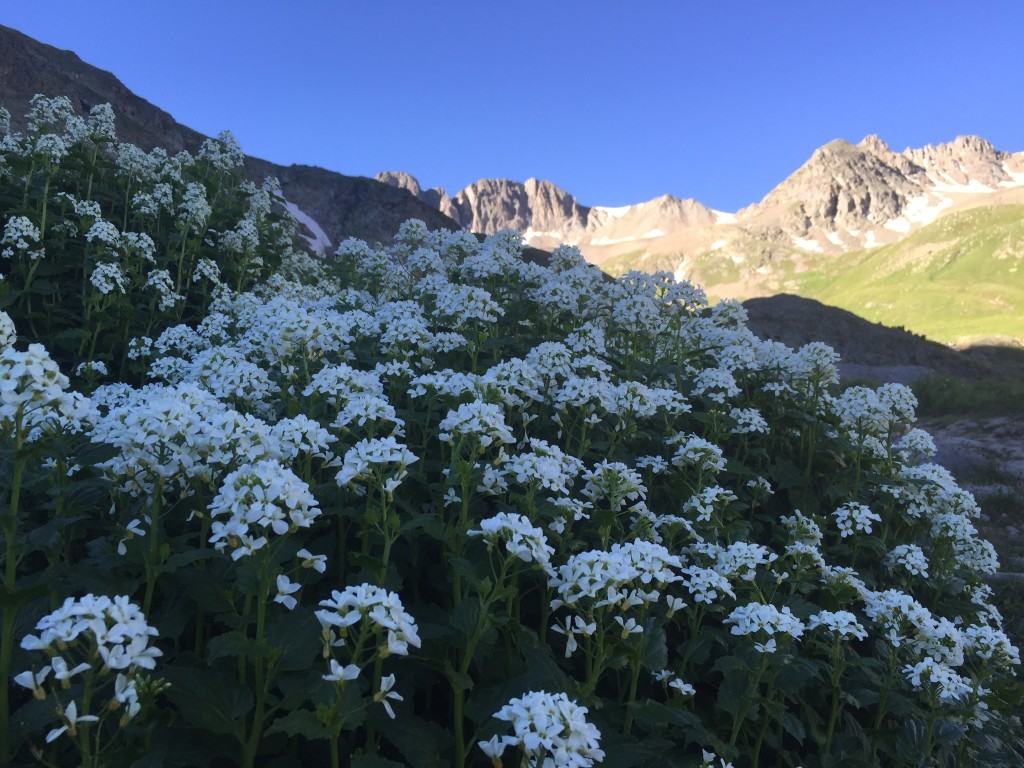
Alpine Vegetation And The Struggle To Survive Colorado Fourteeners Initiative
Alpine Flora Discover Its Secrets And Its Incredible Adaptation Strategies
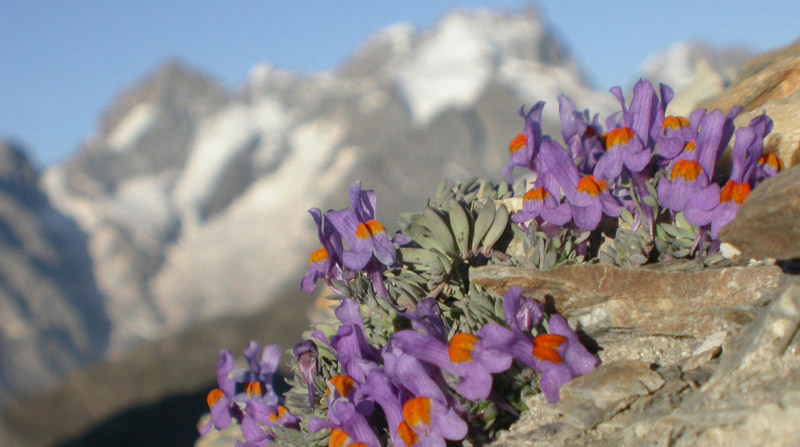
How Do Plants Cope With Alpine Stress Encyclopedia Of The Environment
Alpine Plant Most Up To Date Encyclopedia News Reviews
Plants Science Learning Environment

What Is An Alpine And Alpine Plant Adaptations Youtube
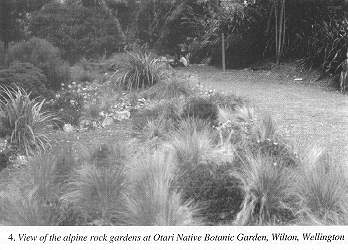
Rnzih Horticulture Pages New Zealand Alpine Plants
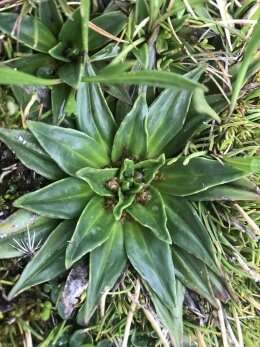
Australian Alpine Plants Face Bleak Future From Rapid Climate Change

Adaptations Of Alpine Plants Or Why Rock Garden Plants Look Like They Do Dave S Garden
Reproductive Strategies Of Alpine Plants Encyclopedia Of The Environment
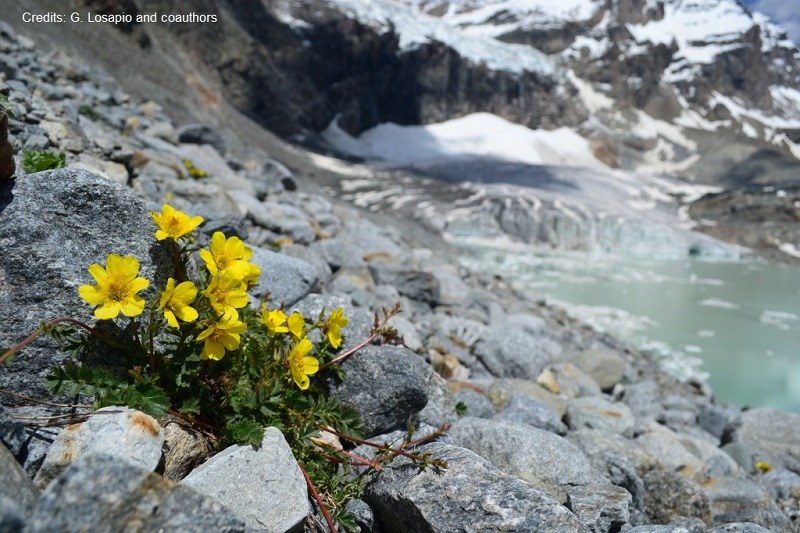
Alpine Plants Persistent And Endangered Cipra E
Plants Animal Adaptations The Alpine Biome

Alpine Plant Wikipedia

Top Flowers Adaptations For Living On The Summer 2013 Articles F

Top Flowers Adaptations For Living On The Summer 2013 Articles F

Alpine Vegetation And The Struggle To Survive Colorado Fourteeners Initiative

Flora In The Alps Adaptations To High Altitude Alpenwild